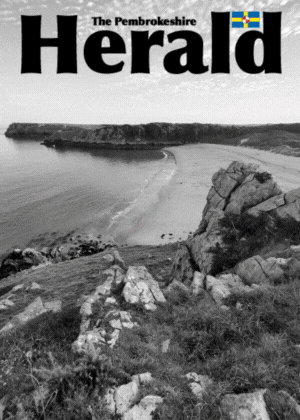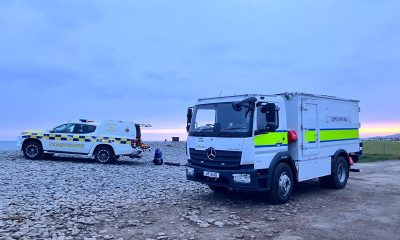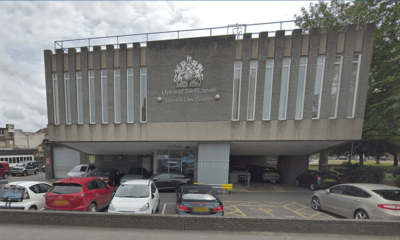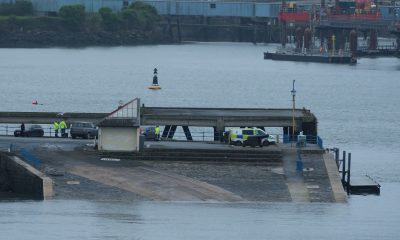News
Bovine TB: The case against culling badgers
 IN RECENT weeks, The Herald has featured in-depth articles on Welsh Government policy towards bovine TB, its eradication and, inevitably, the role of badgers in the transmission and control of the disease.
IN RECENT weeks, The Herald has featured in-depth articles on Welsh Government policy towards bovine TB, its eradication and, inevitably, the role of badgers in the transmission and control of the disease.
On October 21, we reported that Cabinet Secretary for Rural Affairs Lesley Griffiths had announced a ‘consultation’ on proposals for tackling the problem that blights Welsh agriculture both economically and psychologically. The Welsh Government’s proposals for a new regional approach to bovine TB seemed to rule out the sort of badger cull that is taking place in England where, in September, the British Government extended the culling of badgers to seven new areas. The experience of a pilot programme in Northern Ireland was stated as an option to be considered in Wales, however. In that pilot, badgers were trapped in cages and infected animals were killed humanely. The proposed new approach in Wales follows a trial badger vaccination programme.
Global shortage of the vaccine meant that the programme was suspended at the end of 2015. Some critics condemned this as an administrative failure on the part of the Welsh Labour Government because it did not secure sufficient stocks of vaccine before commencing the trails. By contrast, a report by the Animal and Plant Health Agency for the Welsh Government was interpreted by the Badger Trust as heralding the trial’s success. The Badger Trust is a non-profit organisation working for the protection of the European badgers (Meles meles) that are indigenous to Britain.
The Welsh Government’s new approach will see low, intermediate and high TB areas designated across Wales. Designation will be based on the incidence of bovine TB in an area and thence define a specific approach to tackling the disease therein. The consultation encompasses measures to be applied to protect low TB areas and reduce disease in intermediate and high TB areas. In high TB areas, the government will ‘explore and develop ways to break the transmission cycle between cattle and badgers where it can be demonstrated badgers are contributing to the problem in chronic herd breakdowns’.
Lesley Griffiths’ announcement was given a general, if cautious, welcome. Shadow Cabinet Secretary for Energy, Climate Change and Rural Affairs Simon Thomas, Mid and West AM, acknowledged it as ‘a step forward’: “It is welcome that the link between the disease in wildlife and in cattle is being recognised and that measures are being taken to address the policy vacuum that has been in place. It needs to be ensured that the measures taken are targeted, effective and humane. Recognition that a regional approach is needed to tackle the problem is welcome.
“Instances of TB infection in cattle have stayed persistently high in West Wales and is increasing in new areas in Carmarthenshire.”
For the Farmers’ Union of Wales, its President Glyn Thomas concluded that the statement ‘didn’t go as far as we hoped it might and there is a lot of detail to be worked out’. Glyn Thomas sad the FUW would be consulting its members on the proposal.
WHY HASN’T VACCINATION BEEN HAILED A SUCCESS?
In the wake of Lesley Griffiths’ announcement, Sarah Reisz from the Dyfi Badger Group wrote to the Cabinet Secretary. Sarah Reisz expressed ‘concern and disappointment’, viewing the proposals as ‘a very retrograde step’. Commenting on the Test and Vaccinate or Remove (TVR) approach, she identified it as ‘a form of ‘reactive culling’ which aims to be more selective, and involve fewer numbers of badgers killed – and thus avoid perturbation’. The problems with such a policy were many, Sarah Reisz claimed: “Indications are that killing even very few individuals from badger social groups, may well cause perturbation.” Perturbation is a term given to changes in the behaviour of badgers when populations are culled. Research led by Jon Bielby and published in a leading academic journal 2014 found that: “Small-scale culling (such as TVR) changes badgers’ behaviour in ways that risk increasing TB transmission among badgers and exacerbating cattle TB incidence rather than reducing it.”
Acknowledging that Lesley Griffiths voted against badger culling in Wales in 2009, Sarah Reisz claims that the new proposals ‘renege on the Labour Government’s previously stated position that the science does not support culling of badgers in any form as a control measure for bovine TB’. She said: “Reneging on this is unfortunately typical of the kind of politics that has led to voter disenchantment and disengagement.” In her letter, Sarah Reisz asks the Cabinet Secretary how the ‘success’ or ‘failure’ of this policy will be measured. She claims that the incidence of TB in cattle, reported in The Herald as 0.4% for cattle in Wales, has ‘already declined significantly in Wales over the past four years, while vaccination of badgers has been taking place. Why, therefore, isn’t this policy being hailed as a success?’
It flies in the face of virtually all the scientific evidence, Sarah Reitz says, to keep blaming badgers for the spread of bovine TB: “The science shows repeatedly that the problem and the solutions come from cattle management, and that badger culling is a costly and unhelpful distraction. This [announcement] seriously impacts on the good name and kudos that Wales (and the Labour Party) has gained over the past few years by rejecting the discredited policy of culling in favour of vaccination. It has been shown repeatedly that culling a native wildlife species is not, and cannot be, the answer to a problem caused by our own practises, and has always had detrimental consequences for our ecology. It is morally and ecologically wrong.
“Wales has already suffered a particularly catastrophic decline in wildlife species. How can we honestly talk about ‘conservation for our children and grandchildren’ while sanctioning and encouraging a dynamic of wildlife killing?”
OUTSTANDING QUESTIONS
In Northern Ireland, the system of trapping badgers in cages and ‘humanely’ killing infected animals is a so-called TVR approach. The Republic of Ireland has been culling badgers for more than 30 years, reportedly killing over 60,000. The result is that badgers are effectively extinct over around one-third of the land area and badger populations may never recover. The Irish government started a four year vaccination programme in 2014, which will be reviewed in 2017, as they look to phase out culling. Although there has been some reduction in the incidence of bovine TB in the Republic of Ireland, it is impossible to attribute this to a single factor. The number of cattle herds has decreased significantly over the last 30 years, mainly for economic reasons. Meanwhile, similar trends in the declining incidence of bovine TB incidence have been identified in NI, which has not practised badger culling.
For readers who may be wondering why cattle are not vaccinated against TB, it is because, although a vaccine is available, it is currently banned by EU for exported animals or meat. It is possible to obtain an EU ‘derogation’ which would allow the UK to introduce a programme of cattle vaccination against bovine TB without further delay. However, critics claim that Defra have been ‘dragging their feet on this since at least 2011’ and that there is no political will for this course of action, which is opposed by UK farming unions. The Department for Environment, Food and Rural Affairs (Defra) has estimated that there will be no cattle vaccination until at least 2023.
Different approaches may be suitable in different locations. Many have advocated the New Zealand approach, where the main wildlife vector of the disease is the possum. The targeted cull of possums is possible in New Zealand because the animal is non-native and considered a conservation pest.
WHAT HAS CHANGED?
In common with other such groups and the Badger Trust, the Dyfi Badger Group is not against most of the government’s new proposals, which are enhanced cattle measures. Indeed, they contest that cattle measures are what has brought success so far. Groups opposed to badger culling across Wales are expected to work together on all fronts, from promoting the evidence for vaccination to taking direct action against culling. In England, groups have taken direst action with the explicit intention of increasing the cost of policing the cull. The Herald understands that vaccination costs between £400-£500 per badger, while culling is more expensive at between £6,000- £7,000. At the heart of Sarah Reisz’s letter to the Cabinet Secretary is the question: ‘What has changed?’ If vaccination was judged the best option in 2012, what new evidence makes it necessary to change that decision? Critics would claim that the reverse is true, that new evidence indicates even more strongly that no form of culling badgers is effective and that vaccination is more preferable than ever.
So, Lesley Griffiths, what has changed?
Business
Largest Welsh port appoints communications and marketing director
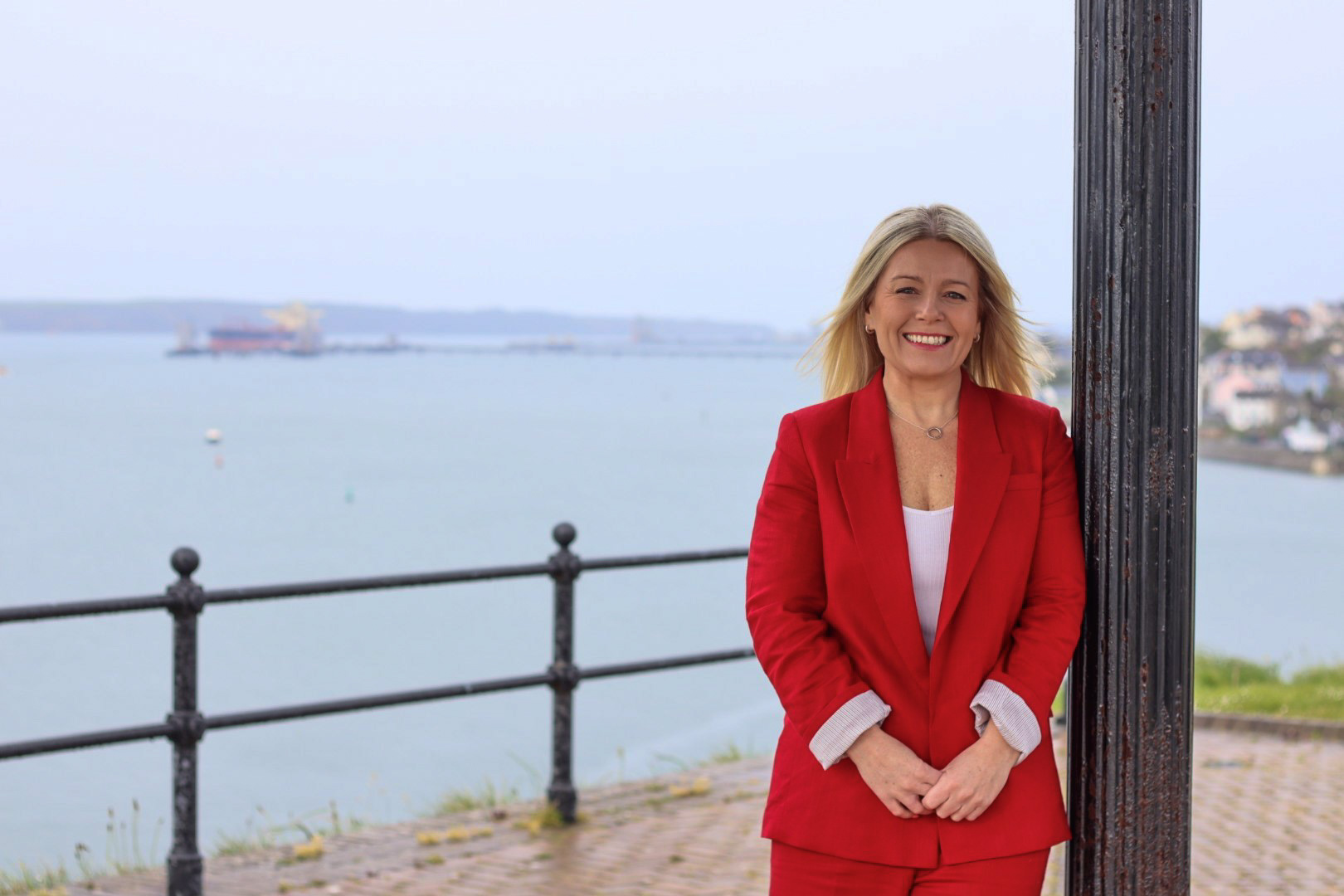
THE Port of Milford Haven has announced that Anna Malloy has been appointed as its first Communications and Marketing Director.
Anna is appointed to the Senior Management Team and this new role will be pivotal to the delivery of the Port’s long-term growth and diversification agenda and in ensuring that its obligations to coastal communities, future generations and to nature are honoured.
Tom Sawyer, CEO of the Port of Milford Haven, congratulated Anna and said: “Anna has a key role to play in our future and it’s doubly lovely to see ‘port-grown-talent’ flourish and for colleagues to progress up through our organisation.”
Anna will lead across the public affairs, marketing, sustainability, media relations, and community relations activities. She will therefore play a central role in the development of new and existing partnerships, including the Celtic Freeport, the Milford Haven Energy Cluster and the Celtic Collection; sitting alongside the delivery of major projects like Milford Waterfront and the Pembroke Dock Renewables Terminal.
“This is such an exciting opportunity. I am proud to be joining the Senior Management Team and look forward to delivering our ambitious strategy,” commented Anna Malloy, Communications and Marketing Director.
She added: “The Port of Milford Haven is playing a key role in the transition of South-West Wales’ economy to a decarbonised future. A beautiful place, with great people, that I am privileged to call my home.”
Community
First deadlines met following enforcement action at landfill site
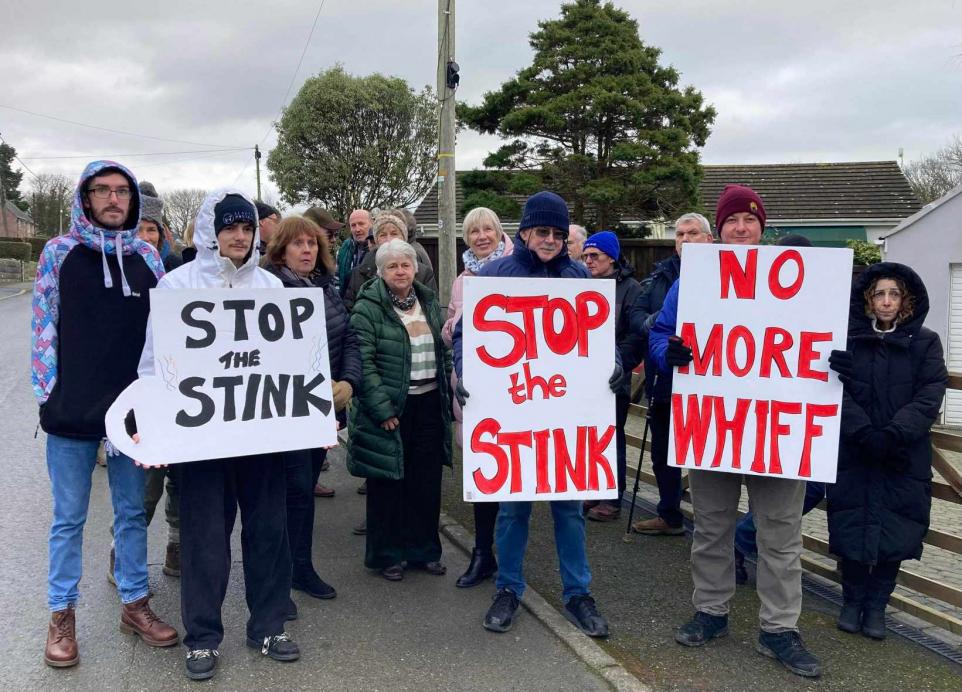
THE first set of deadlines for the completion of actions to tackle the ongoing odour issues at Withyhedge Landfill in Pembrokeshire have been met, one week on following the issuing of further enforcement action by Natural Resources Wales (NRW).
NRW issued site operator Resources Management UK Ltd (RML) with a further Regulation 36 Enforcement Notice on Thursday 18 April.
This outlined a series of actions to be completed by specified deadlines to address the ongoing odour and landfill gas emission issues at the site.
During the latest site inspection which took place yesterday (Thursday 25 April), NRW was able to confirm that three actions have been completed – two ahead of the imposed deadlines.
The operator has installed 24 pin wells, which have been driven into the waste in the lower section of the cell identified as causing the odour issues (Cell 8). These have also been connected to the landfill gas extraction system.
Capping material has been placed over the same area of the cell and welded to the basal liner to encapsulate gas in this area, allowing for extraction by the pin wells and four horizontal gas wells, which were previously installed.
While progress is being made, NRW officers detected strong landfill gas odours during an offsite assessment on Wednesday (24 April) in Poyston Cross and Crundale. Weather conditions this week appear to have led to a wider spread of landfill gas to surrounding areas, not solely linked to wind direction.
NRW odour assessments follow a set route around the landfill, with designated survey spots, identified to enable consistency of assessment and reporting. This is essential to ensure the regulatory and enforcement responses where there is offsite odour attributed to the landfill is robust.
The remaining Regulation 36 Notice actions will require significant effort by RML to ensure they are completed on time and NRW continues to closely monitor progress.
Clare Pillman, Chief Executive of NRW, met with representatives from NRW’s South West Industry Regulation Team and Pembrokeshire County Council during a visit to Pembrokeshire on Thursday 25 April.
Clare Pillman, Chief Executive, Natural Resources Wales, said: “While visiting the area surrounding Withyhedge Landfill with our regulatory team and partners from Pembrokeshire County Council this week, I was able to see and hear for myself just what people living and working in these communities have had to endure as a result of the odour issues from the site.
“What they have been experiencing is unacceptable and our officers have been working tirelessly alongside colleagues at Pembrokeshire County Council to ensure the operator gets this under control as quickly as possible. While it was clear that a lot of work has been done on site, there is still more to do to ensure they address all the actions set out in the enforcement notice.
“We want to make sure that happens, and are exploring every option together with Pembrokeshire County Council to ensure the operator works quickly to resolve the issues which are clearly affecting the quality of life of people in these communities.”
Huwel Manley, Head of South West Operations, said: “While we are reassured that action is being carried out by the operators at Withyhedge Landfill with a sense of urgency, we are continuing our regulatory presence on site to ensure the operator’s focus remains on tackling the issues that will address the continuing odour issues being experienced by surrounding communities.
“We will be closely monitoring progress over the coming days and weeks to ensure the operator complies with all the actions set out in Notice by 14 May. If they are not met, we will pursue additional enforcement action where appropriate.”
NRW requests that instances of odour from the landfill continue to be reported via this dedicated form: https://bit.ly/reportasmellwithyhedge or by calling 0300 065 3000.
Please report odours at the time of them being experienced, rather than historically. Reporting odours in a timely manner will help guide the work of partners more effectively, particularly in the further development of air quality monitoring.
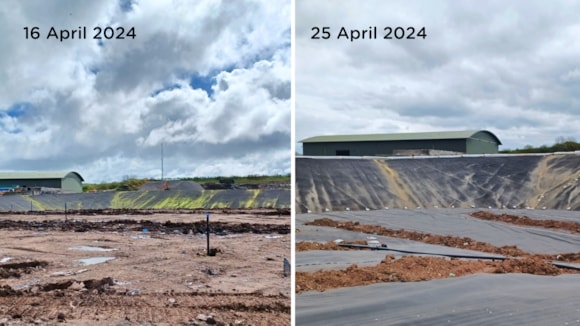
Community
Milford Haven’s war memorial is 100 years old today

THE Milford Haven War Memorial, a significant landmark commemorating the fallen heroes of World Wars and subsequent conflicts, marks its 100th anniversary today.
The memorial, which was inaugurated on April 26, 1924 by the Venerable the Archdeacon of St Davids, remains a poignant symbol of sacrifice and hope for peace.
Constructed from 1923 to 1924, the memorial consists of a striking assembly of pink granite and white marble statues that were sculpted in Italy.
Representing the Army, Navy, and Air Force, these life-size statues stand on an unpolished three-step plinth below a main pedestal. A soldier faces west and a sailor east, with an airman atop the central column, surveying the skies.
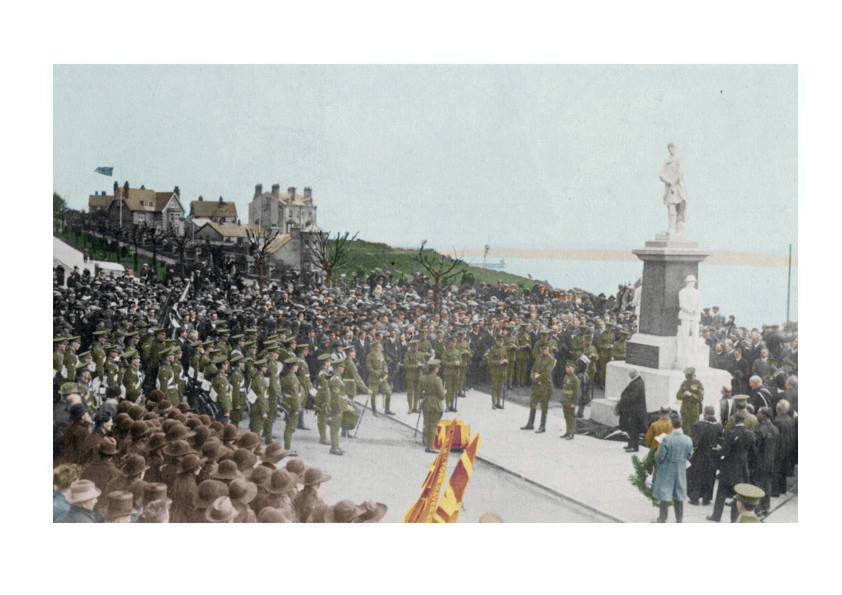
The names and inscriptions of the fallen are carved into the polished granite shaft, meticulously supervised by surveyor J.P. Morgan with contractor E. Jones of Llanybydder.
Located on Hamolton Terrace with views over the Milford Haven waterway, the memorial is a freestanding structure in an external, roadside setting. It features a serviceman/woman sculpture in marble and Portland stone, set on a concrete base surrounded by railings. Inscribed plaques honour those who served in the First and Second World Wars, the Korean War, and the conflict in Iraq from 2003 to 2009.
The memorial lists the names of 239 men who perished in the First World War on its polished grey granite faces. The Second World War claimed 157 lives from this community, whose names are recorded on bronze plaques around the base. Notably, the memorial also honours one serviceman who fell during the Korean War and another who was killed in Iraq in 2007.
The Milford Haven War Memorial stands not only as a historical monument but also as an enduring reminder of the costs of war and the community’s ongoing commitment to peace.
As the town reflects on a century of remembrance, the hope remains that future generations will continue to cherish and learn from the lessons of the past.
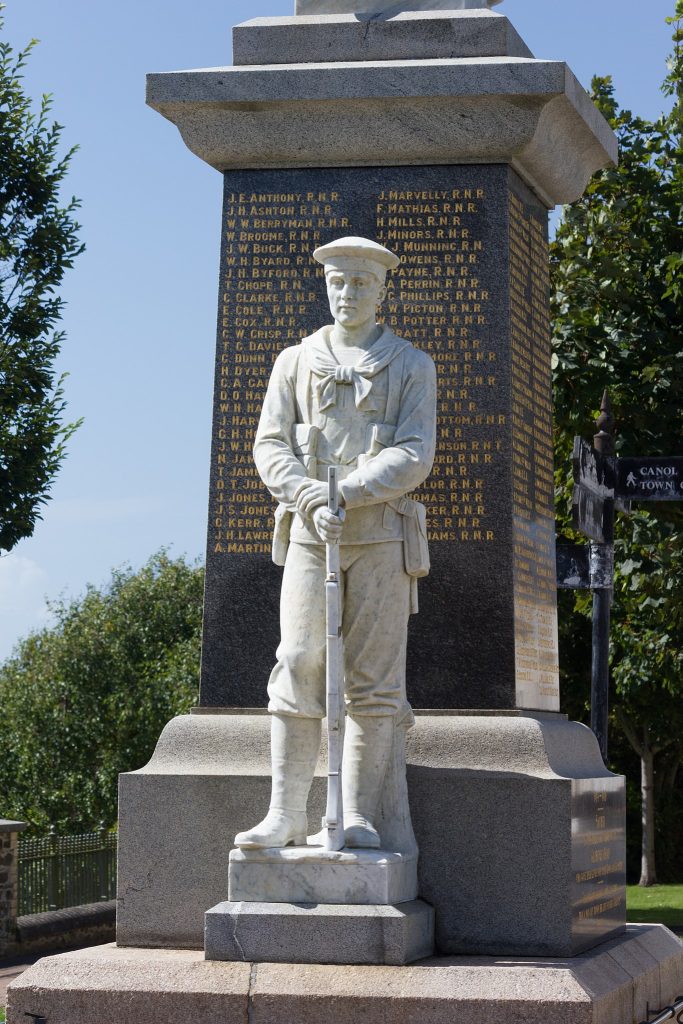
-
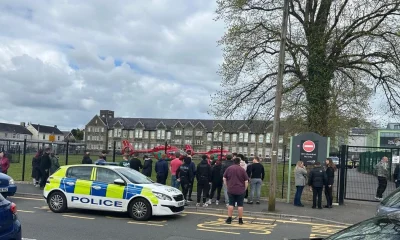
 News2 days ago
News2 days agoPolice and air ambulances at ‘serious incident’ at West Wales school
-

 News6 days ago
News6 days ago20mph U-turn: Some roads will return to 30mph following public outcry
-

 Community6 days ago
Community6 days agoMiracle pup finds her forever home after heart-wrenching journey
-
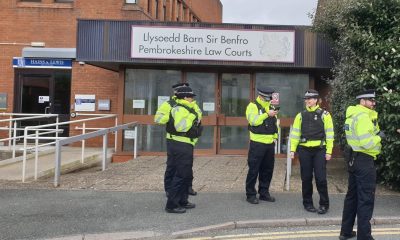
 Crime2 days ago
Crime2 days agoPembrokeshire pensioner accused of 17 sexual offences against children
-

 Crime1 day ago
Crime1 day agoAll three school stabbing victims discharged from hospital, police confirm
-

 Community4 days ago
Community4 days agoCounty Hall to offer space for community banking
-

 Business8 hours ago
Business8 hours agoLargest Welsh port appoints communications and marketing director
-

 Crime4 days ago
Crime4 days agoBrian Davis: Wanted on suspicion of commercial burglary












